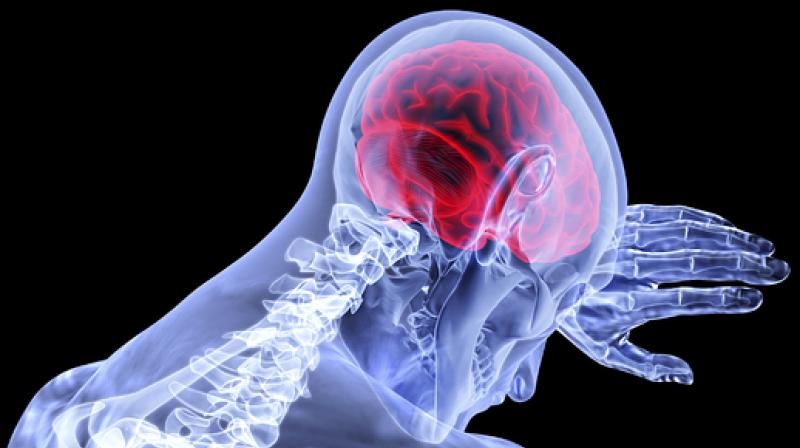Neuromodulation helps rehabilitate patients after a stroke

Washington: The current approach used for brain stimulation to rehabilitate patients after a stroke does not look into the diversity of lesions and the individual characteristics of the brains of patients, finds a recent study.
The study was published in the journal 'Frontiers in Neurology'. In recent decades, non-invasive neuromodulation methods such as electric and magnetic stimulation of various parts of the nervous system have been increasingly used to rehabilitate patients after a stroke.
Stimulation selectively affects different parts of the brain, which allows you to functionally enhance activity in some areas while suppressing unwanted processes in others that impede the restoration of brain functions.
This is a promising mean of rehabilitation after a stroke. However, its results in patients remain highly variable. The study authors argued that the main reason for the lack of effectiveness in neuromodulation approaches after a stroke is an inadequate selection of patients for the application of a particular brain stimulation technique.
According to the authors, the existing approach does not take into account the diversity of lesions after a stroke and the variability of individual responses to brain stimulation as a whole. Researchers proposed two criteria for selecting the optimal brain stimulation strategy. The first is an analysis of the interactions between the hemispheres.
Now, all patients, regardless of the severity of injury after a stroke, are offered a relatively standard treatment regimen. This approach relied on the idea of inter-hemispheric competition.
"For a long time, it was believed that when one hemisphere is bad, the second, instead of helping it, suppress it even more,' explained Maria Nazarova, one of the authors of the article.
"In this regard, the suppression of the activity of the 'unaffected' hemisphere should help restore the affected side of the brain. However, the fact is that this particular scheme does not work in many patients after a stroke. Each time it is necessary to check what the impact of the unaffected hemisphere is, whether it is suppressive or activating," said Nazarova.
The second criterion is the neuronal phenotype. This is an individual characteristic of the activity of the brain, which is 'unique to each person like their fingerprints'. Such a phenotype is determined, firstly, by the ability of the brain to build effective structural and functional connections between different areas (connectivity).
Secondly, the individual characteristics of neuronal dynamics. This is the state of the neuronal system in which it is the most plastic and capable of change. The neuromodulation methods can be brought to a new level and be effectively used in clinical practice only by taking these criteria into account.

